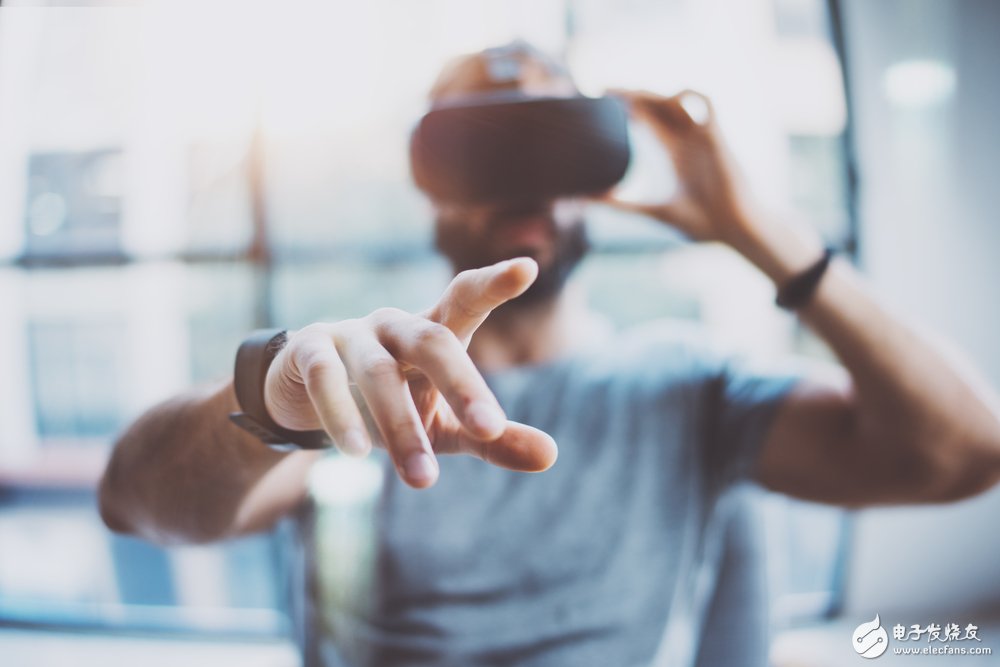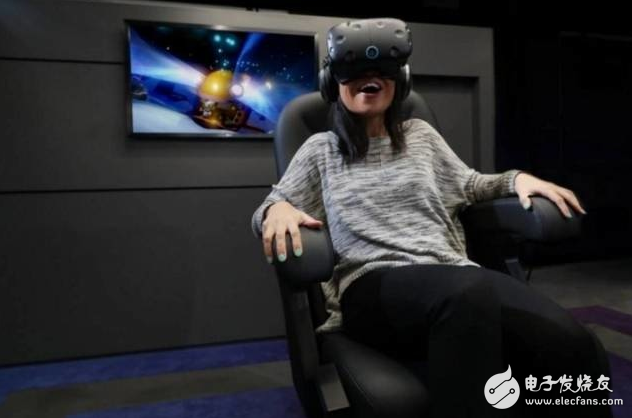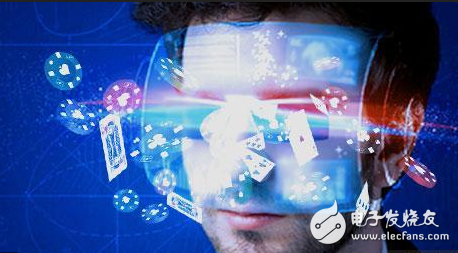Virtual reality technology is an important direction of simulation technology. It is a collection of various technologies such as simulation technology and computer graphics, human-machine interface technology, multimedia technology, sensing technology, network technology, etc. It is a challenging cross-technical frontier. Subjects and research areas.
Virtual reality technology (VR) mainly includes simulation environment, perception, natural skills and sensing equipment. The simulation environment is a computer-generated, real-time, dynamic, three-dimensional, realistic image. Perception means that the ideal VR should have the perception that everyone has. In addition to the visual perception generated by computer graphics technology, there are also perceptions such as hearing, touch, force, and motion, and even olfactory and taste, also known as multi-perception. Natural skills refer to the rotation of the person's head, eyes, gestures, or other human behaviors. The computer processes the data that is appropriate to the actions of the participants, responds to the user's input in real time, and feeds back to the user's facial features. . A sensing device is a three-dimensional interactive device.
Augmented Reality (Augmented Reality, referred to as AR), also known as augmented reality (China Taiwan region). It is a new technology that integrates real world information and virtual world information "seamlessly". It is an entity information (visual information, sound, taste, touch, etc.) that is difficult to experience in a certain time and space of the real world. ), through computer and other science and technology, simulation and then superimposition, the virtual information is applied to the real world, perceived by human senses, thus achieving a sensory experience beyond reality. The real environment and virtual objects are superimposed in real time on the same picture or space.

Motion capture
The user needs to get a complete sense of immersion and truly "enter" the virtual world, and a motion capture system is a must. Currently, the VR-based mobile capture system is currently available on the market with PercepTIon Neuron. Others are either expensive commercial grade equipment or completely fogged (meaning products that are advertised before development is completed, perhaps The product will not be available at all). However, such a motion capture device will only be used in a particular overweight scene because it has an inherent ease of use threshold that requires the user to spend a relatively long time wearing and calibrating to use it. In contrast, optical devices such as Kinect may also be used in some scenes where accuracy is not critical.
The whole body movement is not necessary in many occasions. Another problem is that there is no feedback, and it is difficult for the user to feel that his operation is effective. This is also a major pain point for interaction design.

2 haptic feedback
Here is mainly the button and vibration feedback, which is a large class of virtual reality handles mentioned below. At present, the three major VR head manufacturers Oculus, Sony, and HTC Valve all adopt the virtual reality controller as the standard interactive mode: two discrete, 6-degree-of-freedom space tracking (3 rotational degrees of freedom, 3 translational degrees of freedom) , handle with button and vibration feedback. Such devices are obviously used for some highly specialized game-like applications (and light consumer applications), which can also be considered a business strategy, because early consumers of VR headsets should be basically gamers.
However, the advantage of such a highly specialized/simplified interactive device is clearly that it can be used very comfortably in applications such as games, but it cannot accommodate a wider range of applications.

3 eye tracking
When it comes to the most important technology in the VR field, eye tracking technology is definitely worthy of close attention by practitioners. Oculus founder Palmer Rach used to call it "the heart of VR" because it detects the position of the human eye and provides the best 3D effect for the current viewing angle, allowing the VR head to display the image. More natural, the delay is smaller, which can greatly increase the playability. At the same time, because the eye tracking technology can know the true gaze point of the human eye, the depth of field of the viewpoint position on the virtual object is obtained. Therefore, eye tracking technology is considered by most VR practitioners to be an important technological breakthrough in solving the problem of virtual reality helmet vertigo. However, although many companies are researching eye tracking technology, no solution is satisfactory.
Pei Yun, director of the Super Multi-Dimensional SuperD Graphics and Image Algorithm Center, believes that VR eye tracking can be achieved with devices like the tobii eye tracker, but only if it is to solve the size and power consumption of the device. In fact, in the eyes of the industry, from the eye tracking technology itself, although there are some restrictions on VR, but the feasibility is still relatively high, such as external power supply, the VR structure design is made larger. But the bigger challenge is in adapting to the movement of the eye by adjusting the image. These image adjustment algorithms are currently blank. There are two indicators, one is that the image is natural and the other is that the fast delay is small. This puts higher requirements on VR+ eye tracking. If these two points are reached, the playability of VR will be improved by another level.

4 EMG simulation
About this we explained through a VR boxing device Impacto that Impacto combines tactile feedback and muscle electrical stimulation to accurately simulate the actual feeling. Specifically, the Impacto device is divided into two parts. Part of it is a vibration motor that produces a sense of vibration, which can be experienced in a normal gamepad; the other part, and the most significant part, is the muscle electrical stimulation system that stimulates muscle contraction by current. The combination of the two can give people an illusion that they have hit the opponent in the game because the device will produce a "shock" like real boxing at the right time.
However, industry insiders have some controversy about this project, and the current level of biotechnology cannot use muscle electrical stimulation to highly simulate the actual feeling. Even with this approach, the current technology can achieve a rougher feeling, this feeling is not very useful for the pursuit of immersive VR, "not as good as the vibration motor." Another friend who works on pain relief physiotherapy shows that there are many problems that need to be overcome to simulate real feelings using muscle electrical stimulation, because the nerve channel is a delicate and complex structure, and it is unlikely to stimulate from the external skin, but “ It's okay to "stimulate" the muscles to make the muscles as feedback.

Special equipment for university physics laboratory
Teaching Equipment,Optical Bench Kit,Optical Instruments In Physics,Electrooptical Modulator Experimental Instrument
Yuheng Optics Co., Ltd.(Changchun) , https://www.yuhengcoder.com